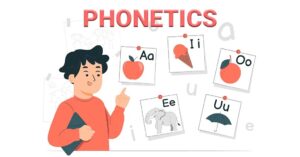
English proficiency tests are a critical step for individuals seeking to study, work, or immigrate to English-speaking countries. Among the various options available, two prominent tests stand out: the International English Language Testing System (IELTS) and the Pearson Test of English (PTE). Both tests assess English language skills, but they differ in format, scoring, and acceptance. In this comprehensive guide, we’ll explore the key differences between IELTS and PTE to help you make an informed decision based on your specific goals and preferences.
Understanding IELTS and PTE:
Understanding IELTS and PTE:
IELTS (International English Language Testing System):
IELTS is jointly managed by the British Council, IDP: IELTS Australia, and Cambridge Assessment English. It assesses four language skills: Listening, Reading, Writing, and Speaking.
IELTS is widely accepted by universities, colleges, and immigration authorities in many English-speaking countries, including the UK, Australia, Canada, and New Zealand.
The test format includes both Academic and General Training versions, catering to different purposes such as academic studies, work, or immigration.
IELTS provides a band score ranging from 0 to 9 for each module, with overall band scores calculated as an average.
PTE (Pearson Test of English):
PTE is developed and administered by Pearson PLC.
It assesses four language skills: Speaking and Writing (together), Listening, Reading, and Writing.
PTE is accepted by universities, colleges, and governments worldwide, including institutions in the United States, Australia, and the UK.
The test is entirely computer-based, with automated scoring, providing quick and reliable results.
PTE scores are reported on a scale of 10 to 90, with 10-point increments, reflecting proficiency levels from beginner to advanced.
Comparing IELTS and PTE:
Test Format:
IELTS includes face-to-face Speaking interviews with certified examiners, offering a human element to the assessment.
PTE is entirely computer-based, with all sections, including Speaking and Writing, conducted via computer algorithms without human interaction.
Scoring System:
IELTS provides a band score from 0 to 9 for each module, with overall band scores calculated as an average.
PTE scores are reported on a scale of 10 to 90, with 10-point increments, providing a precise evaluation of proficiency levels.
Test Duration and Timing:
IELTS test duration varies depending on the test format (Academic or General Training) and includes a face-to-face Speaking interview.
PTE is completed in approximately 3 hours, with all sections conducted consecutively on a computer, offering a streamlined testing experience.
Acceptance and Recognition:
IELTS is widely recognized and accepted by universities, colleges, and immigration authorities in many countries worldwide.
PTE has gained popularity and acceptance, particularly in academic institutions and professional organizations, offering test-takers additional options for demonstrating English proficiency.
Choosing Between IELTS and PTE:
Test Format Preference:
Consider whether you prefer a face-to-face Speaking interview (IELTS) or a computer-based assessment (PTE). Some individuals may feel more comfortable with one format over the other.
Scoring Requirements:
Review the score requirements of your desired institutions or immigration programs to ensure alignment with your test performance goals. Determine which test aligns better with your target score requirements.
Test Availability and Convenience:
Check the availability of test centers and scheduling options for both IELTS and PTE in your location. Choose the test that offers convenient test dates and locations for you.
Preparation Resources:
Explore the availability of test preparation materials, courses, and resources for both IELTS and PTE. Ensure that you have access to high-quality preparation materials to help you succeed in your chosen test.
Who Should Choose IELTS:
University Applicants:
Many universities and educational institutions worldwide accept IELTS scores for admission purposes. If you’re applying to universities in English-speaking countries like the UK, Australia, Canada, or New Zealand, IELTS may be the preferred choice.
Immigration Applicants:
Several immigration authorities require English language proficiency as part of the visa application process. If you’re planning to immigrate to a country that accepts IELTS scores, such as Canada, Australia, or the UK, you may need to take the IELTS exam.
Individuals Comfortable with Face-to-Face Interviews:
The IELTS Speaking Test includes a face-to-face interview with a certified examiner. If you’re comfortable with interpersonal communication and prefer interacting with a human examiner, IELTS may be the better option for you.
Test-Takers Seeking Familiarity:
IELTS has been around for decades and is widely recognized and accepted by universities, colleges, and immigration authorities worldwide. If you prefer a well-established test with a long track record of reliability and recognition, IELTS is a solid choice.
Flexibility in Test Format:
IELTS offers both Academic and General Training versions, catering to different purposes such as academic studies, work, or immigration. Test-takers can choose the format that aligns with their specific goals and requirements.
Who Should Choose PTE:
Tech-Savvy Individuals:
PTE is entirely computer-based, with all sections conducted via computer algorithms. If you’re comfortable with technology and prefer a digital testing environment, PTE offers a streamlined and efficient testing experience.
Quick Results:
PTE provides quick and automated scoring, with results typically available within 5 business days. If you need your test results expedited for university admissions or visa applications, PTE may be the preferred choice.
Individuals Seeking Consistency:
PTE scoring is entirely automated, eliminating the subjectivity of human examiners. If you prefer a standardized and consistent scoring process, PTE offers reliable results based on computer algorithms.
Test-Takers Comfortable with Computer-Based Assessments:
PTE is conducted entirely on a computer, including the Speaking and Writing sections. If you’re comfortable with computer-based assessments and prefer the convenience of taking the test on a computer, PTE may be the better fit for you.
Professionals and Working Adults:
PTE is gaining popularity among professionals and working adults due to its convenience and quick turnaround time. If you’re balancing work commitments with test preparation, PTE’s computer-based format and flexible scheduling may be advantageous.
Conclusion:
Choosing between IELTS and PTE depends on various factors such as test format preferences, scoring requirements, availability, and recognition by institutions. Both tests offer reliable assessments of English language proficiency, but they differ in format, scoring, and acceptance. By considering your specific goals and preferences, you can select the test that best suits your needs and maximize your chances of success in achieving your desired score. Remember to prepare thoroughly, practice regularly, and approach the test with confidence. With proper preparation and effort, success in either IELTS or PTE is attainable, opening doors to exciting opportunities for study, work, and immigration abroad.





